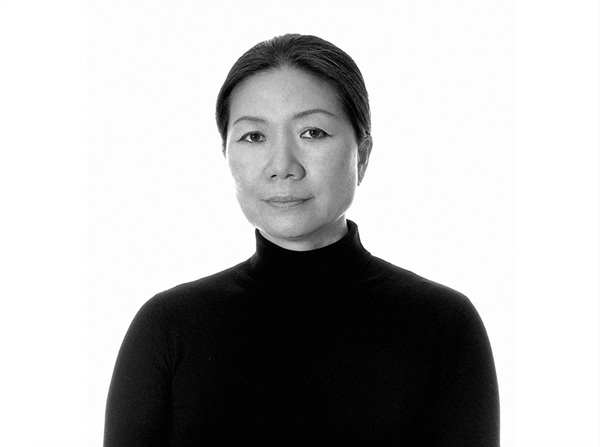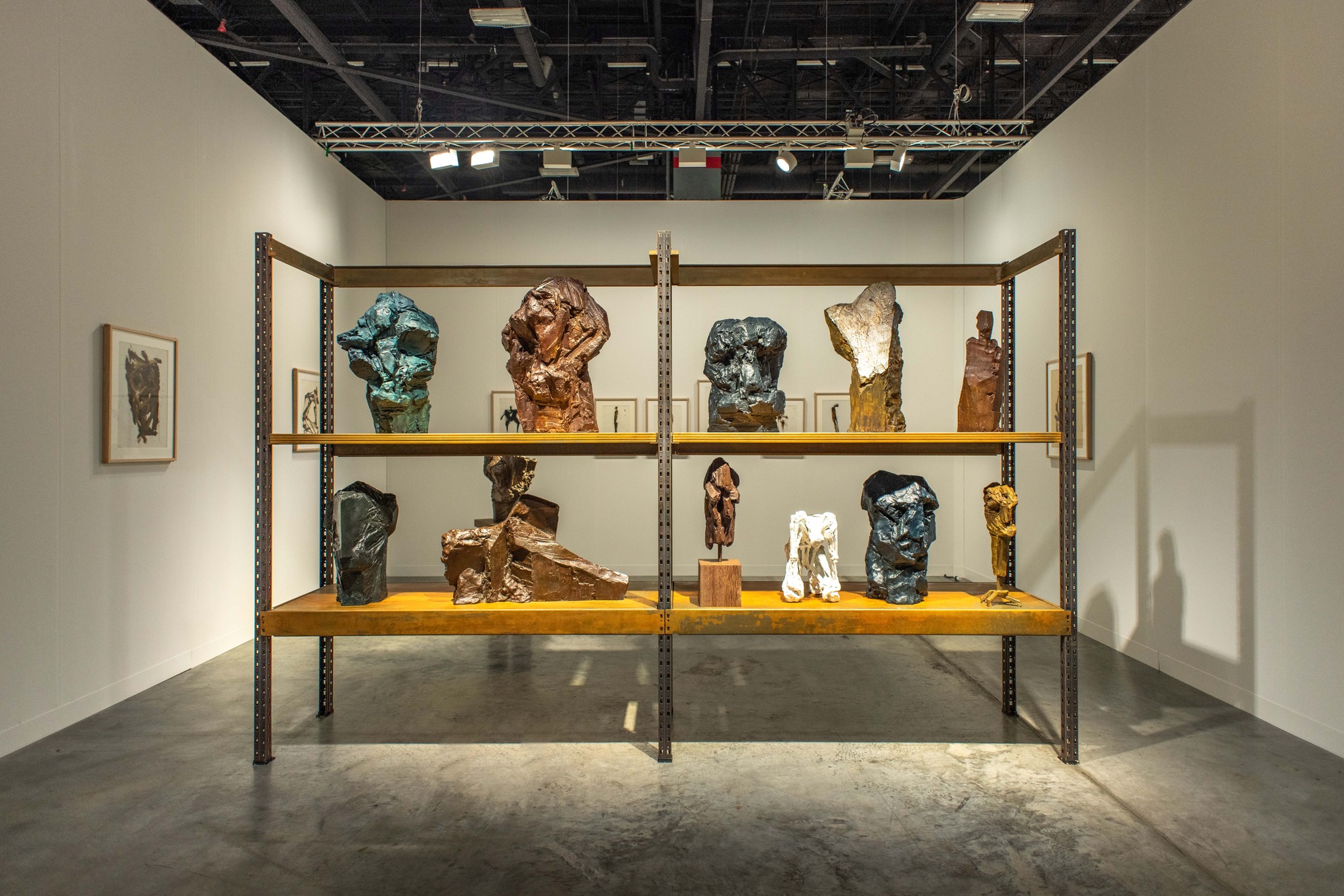Kimsooja (b. 1957) has made a name for herself by wandering the world in a truck loaded with multicolored ‘bottari’ – knotted bundles of Korean bedspreads in which personal belongings are transported. Her work is rooted in Korean traditions and takes shape through a variety of materials and media. In her oeuvre, she combines personal history with global themes such as home, migration and freedom of movement. Textiles as a material and a symbol play a recurring role in her installations, performances, sculptures, films and photographs.

Kimsooja, Cities on the move – 2727km Bottari truck, 1997 ©Kimsooja Studio
The “Bottari Truck” was the first work that put Kim on the international art scene. From the beginning of her career, Kim has been thinking about how to understand the vertical and horizontal structure of the world and how to show it on a two-dimensional plane. This consideration of the basic structure of the horizontal and vertical began with her Sewing series, in which she stitched cloth, and continued with her Deductive Object series.
The inclusiveness, flexibility, and variability of the bottari, which becomes a two-dimensional plane when unfolded and a three-dimensional object when wrapped, became an important material and concept that expanded her artistic world for Kim, who wanted to embrace all of humanity.
“When I was sewing a quilt with my mother, I suddenly saw life and death, inhalation and
exhalation, yin and yang, in the stitches that went back and forth across the fabric.”
The Bottari series began in her studio at PS1 artist residency in New York City. A bottari is a traditional Korean object used to carry belongings, and Kim used it to reflect her own experience of migration and to tell the story of immigration and displacement of various people. While her early works depicted wandering in the context of Korea’s rapid economic growth, in 2007’s Bottari Truck-Migrateurs, Kim followed the trajectory of various migrants’ lives by traveling around immigrant neighborhoods in Paris.

Kimsooja, A Needle Woman, 1999-2001 ©Kimsooja Studio
In A Needle Woman (1999-2001), the work that followed Bottari Truck, the artist enters a more multicultural context. The eight-channel video work documents the artist’s backside as she stands in a suspended position among crowds in the urban centers of Tokyo, Shanghai, Mexico City, London, Delhi, New York, Cairo, and Lagos.
As the title suggests, Kim becomes the “needle woman,” and the people she passes by become the warp and woof of the fabric, metaphorically representing the interrelationships that are created within these diverse cities.

Kimsooja, Thread Routes V, 2016 ©Kimsooja Studio
Kim’s practice of weaving various aspects of life through the medium of sewing, thread, and fabric takes a more cultural anthropological approach in the Thread Routes series. Begun in 2010, the six-part series is an exploration of the artist’s lifelong fascination with weaving and textile cultures. The artist traveled to Peru, Indian reservations inhabited by the Navajo and Hopi peoples of the Americas, and New Mexico to capture their traditional weaving culture.

Kimsooja, To Breathe: Bottari, 2013. Photo by Jaeho Chong ©Kimsooja Studio
To Breathe: Bottari, presented at the Korean Pavilion at the 55th Venice Biennale, is a site-specific installation that expands the space into a bottari. A special diffraction grid film is attached to the glass window, which, like a prism, allows sunlight from outside to enter the interior in an iridescent manner, creating a space of light and color that changes at any given time depending on the direction and intensity of the light.
At the same time, the sound performance The Weaving Factory 2004-2013, which consists of the artist’s inhaling and exhaling breath, fills the exhibition space, transforming the Korean Pavilion into a breathing bottari through the endless refraction and reflection of light.
“If sewing is the repetition of weaving in and out of fabric, breathing is the repetition of inhalation and exhalation, both of which are constantly moving back and forth between the inner and outer worlds.”

Artist Kimsooja ©Kukje Gallery
Kimsooja lives and works in New York and Seoul. She has represented South Korea at the 24th Bienal de São Paulo and the Korean Pavilion at the 55th Venice Biennale, and was recently the first Korean artist to be shown in the main exhibition space at the Bourse de Commerce – Pinault Collection.
She has held solo exhibitions at major museums around the world, including the Museum De Lakenhal, Centre Pompidou-Metz, Guggenheim Bilbao, National Museum of Modern and Contemporary Art Korea, Kukje Gallery, and MOMA P.S.1 Contemporary Art Center, and has participated in more than 30 major international biennials and triennials.
In July, she will have a group exhibition at the Aga Khan Museum in Canada. Her work is in the collections of leading institutions around the world, including the Pierre Huber Foundation; MMCA; Leeum Museum of Art; National Museum of Modern Art, Tokyo; Musée d’Art Contemporain de Lyon (FNAC), Lyon; Seoul Museum of Art; and M+.
















